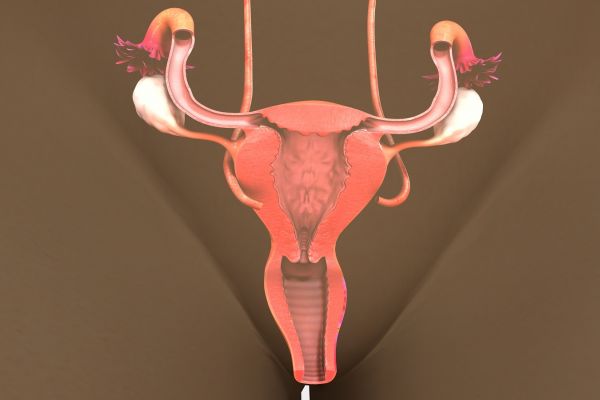Women worried about developing ovarian cancer might look for clues in unexpected or odd aches and pain they feel.
Take heed: leg pain is not commonly associated with new ovarian cancer cases.
“Leg pain is rarely a complaint our patients bring to us,” says Peter Frederick, MD, FACOG, Chief of Clinical Gynecology at Roswell Park Comprehensive Cancer Center. “Ovarian cancers can secondarily cause leg pain in a number of conditions, but the first thing I would say is the likely cause of leg pain would be arthritis or other musculoskeletal issues. It might occur, for example, if someone needs a knee replacement or if they had an old injury.”
What might cause leg pain?
Other potential causes of leg pain include the development of a deep vein thrombosis, or DVT, a blood clot that can form in the calf and possibly move through the body into the lungs.
“Any kind of cancer, along with pelvic surgery and immobility, can increase the risk of developing a blood clot, and they can sometimes be painful. If a patient comes into the office and they have calf pain, especially if one leg is red and asymmetrically larger than the other, a blood clot would be one of the first conditions we would rule out.”
Another possible cause of leg pain, especially for cancer patients, is lymphedema, a swelling that may be caused by pooling of lymphatic fluid due to removal of lymph nodes during cancer treatment. Edema may also be unrelated to cancer and is more often seen in gravity-dependent areas of the body, usually the legs and feet, due to poor circulation.
“Swelling of any kind of fluid in the legs, can cause discomfort. We have a lymphedema clinic here at Roswell Park and we will often partner with them to manage lymphedema if it becomes severe or persistent,” Dr. Frederick says.
Leg pain also can be caused by a fracture or nerve impingement, in which a tumor might be compressing the bones or nerves in the spine or pelvic area, but Dr. Frederick notes he does not see those conditions often with ovarian cancer patients.
Pain in general is not a symptom of ovarian cancer
Ovarian cancer, unlike some other cancers such as cervical cancer, does not have a reliable screening test available and, when it occurs, tends to be found either by accident or in a more advanced stage, he says.
“A lot of the symptoms of ovarian cancer are non-specific, and just because someone has these symptoms does not mean they have a new diagnosis or a recurrence,” Dr. Frederick says.
The symptoms include abdominal bloating, abdominal discomfort, changes in urination or bowel movements, feeling full after eating only a small amount of food, changes in appetite or energy levels, and persistent nausea or vomiting.
“If any of these conditions are persistent, say 12 or more days in a 30-day period, you want to bring that to your physician’s attention,” he says.
What are the symptoms of ovarian cancer?
Learn about some of the common signs and symptoms of ovarian cancer.
Learn MoreFor a woman who has already been treated for cancer, whether ovarian or another kind, it is understandable to be worried that a new pain might mean cancer has returned. That’s why it’s important to keep your doctor informed about any changes in your body and to call if aches or pains persist.
Leg pain might be indicative of a number of things, or nothing at all, but “that’s one of the benefits of coming to a place like Roswell Park: You get the benefit of experienced and highly-trained individuals who work together to evaluate and do an appropriate work-up or provide a referral if it’s outside our area of expertise,” he says.
If a woman with ovarian cancer does experience leg pain, it’s more likely to be unrelated to her diagnosis or a side effect of treatment, rather than directly caused by the cancer itself.
“Sometimes a clinical examination by an experienced clinician can rule out the more serious problems,” Dr. Frederick says. “Sometimes we think about five or six different things and it’s what we call a diagnosis of exclusion. We first try to rule out the conditions that might be cancer-related or the most serious and, once those are ruled out, we look for other explanations.”




